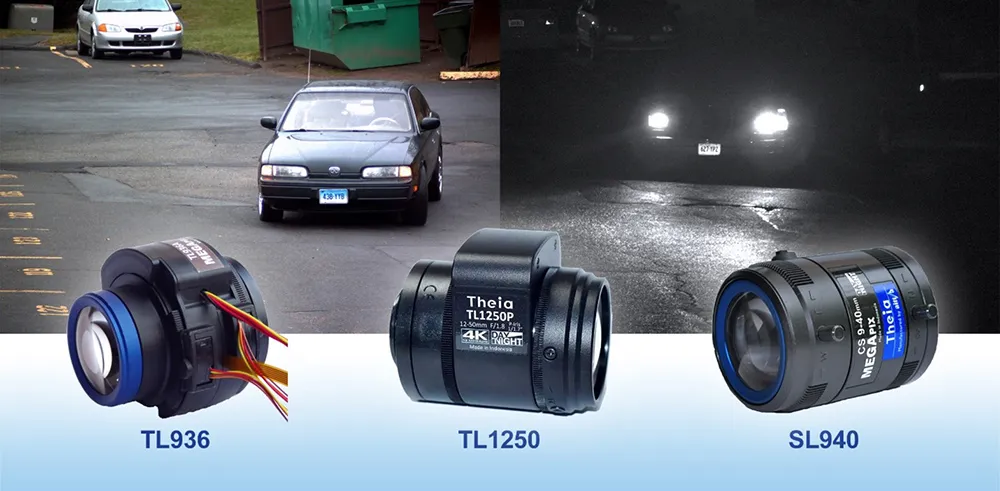Imagsa Technologies, a high-tech company founded in 2006 to develop high-speed intelligent cameras, will today launch a major new camera, the Chronos’Spot. The company is a pioneer in the use of massive parallelism to analyse 270 images per second with 2048 x 1024 pixel resolution (2 megapixel). The Chronos'Spot stereoscopic vision system combines two of these smart cameras to capture and analyse a total of 1080 megapixels per second.
March 25, 2014
Read time: 2 mins

The company is a pioneer in the use of massive parallelism to analyse 270 images per second with 2048 x 1024 pixel resolution (2 megapixel). The Chronos'Spot stereoscopic vision system combines two of these Smart cameras to capture and analyse a total of 1080 megapixels per second.
This huge volume of data is handled in a processor custom-designed for licence plate recognition, using massive parallelism to measure the speed of all vehicles that go through a path of up to seven metres wide, allowing speed control in two lanes even when several vehicles travel in parallel. A very clear example of the benefit of this technology is the measurement of the speed of motorcycles, typically running between lanes.
“The equipment is completely non-intrusive and requires no other sensor to function,” says Xavier Miota, Imagsa sales director. “Although it includes an infrared illuminator to work at night, during the day it uses sunlight which makes it a totally passive device undetectable by drivers. Besides speed measurement, the system is capable of reading licence plates and classifying vehicles, and it can optionally include a third camera for colour overview of the road.”
The product includes an SDK that allows system integrators to develop software for the control centre, for applications such as issuing of fines, generation of statistics, etc.
www.imagsa.com








